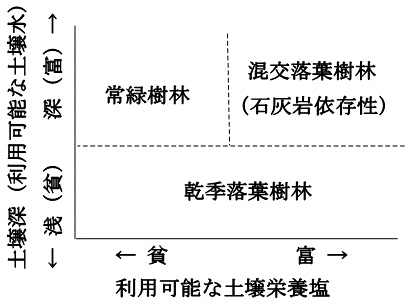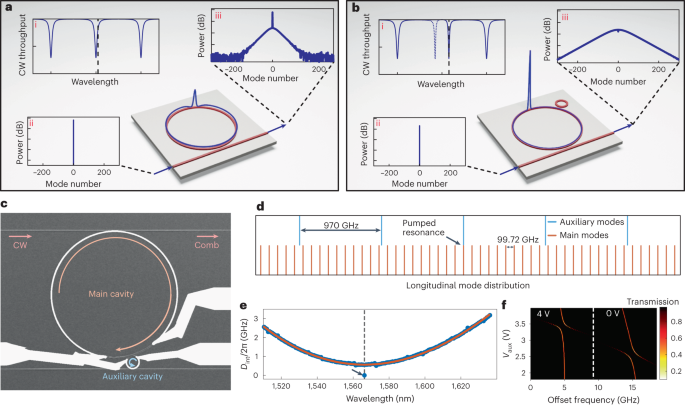2023-09-19 インペリアル・カレッジ・ロンドン(ICL)
◆これは、再生可能エネルギーの発電が急速に増加しており、不利な気象条件の際にエネルギーを蓄えるために水素という形でエネルギーを保存する方法の一部です。従来の方法では貴金属のプラチナ触媒を使用していましたが、これは高価で希少なため、新しい触媒はプラチナ使用量を最小限に抑えつつ効率的な水分解プラットフォームを提供します。これにより、クリーンエネルギーの分野に革新がもたらされる可能性があります。
<関連情報>
- https://www.imperial.ac.uk/news/247853/cheap-efficient-catalyst-could-boost-renewable/
- https://www.nature.com/articles/s41586-023-06339-3
MoS2上のPtの相依存的成長により高効率の水素発生が可能に Phase-dependent growth of Pt on MoS2 for highly efficient H2 evolution
Zhenyu Shi,Xiao Zhang,Xiaoqian Lin,Guigao Liu,Chongyi Ling,Shibo Xi,Bo Chen,Yiyao Ge,Chaoliang Tan,Zhuangchai Lai,Zhiqi Huang,Xinyang Ruan,Li Zhai,Lujiang Li,Zijian Li,Xixi Wang,Gwang-Hyeon Nam,Jiawei Liu,Qiyuan He,Zhiqiang Guan,Jinlan Wang,Chun-Sing Lee,Anthony R. J. Kucernak & Hua Zhang
Nature Published:13 September 2023
DOI:https://doi.org/10.1038/s41586-023-06339-3

Abstract
Crystal phase is a key factor determining the properties, and hence functions, of two-dimensional transition-metal dichalcogenides (TMDs)1,2. The TMD materials, explored for diverse applications3,4,5,6,7,8, commonly serve as templates for constructing nanomaterials3,9 and supported metal catalysts4,6,7,8. However, how the TMD crystal phase affects the growth of the secondary material is poorly understood, although relevant, particularly for catalyst development. In the case of Pt nanoparticles on two-dimensional MoS2 nanosheets used as electrocatalysts for the hydrogen evolution reaction7, only about two thirds of Pt nanoparticles were epitaxially grown on the MoS2 template composed of the metallic/semimetallic 1T/1T′ phase but with thermodynamically stable and poorly conducting 2H phase mixed in. Here we report the production of MoS2 nanosheets with high phase purity and show that the 2H-phase templates facilitate the epitaxial growth of Pt nanoparticles, whereas the 1T′ phase supports single-atomically dispersed Pt (s-Pt) atoms with Pt loading up to 10 wt%. We find that the Pt atoms in this s-Pt/1T′-MoS2 system occupy three distinct sites, with density functional theory calculations indicating for Pt atoms located atop of Mo atoms a hydrogen adsorption free energy of close to zero. This probably contributes to efficient electrocatalytic H2 evolution in acidic media, where we measure for s-Pt/1T′-MoS2 a mass activity of 85 ± 23 A mg−1Pt at the overpotential of −50 mV and a mass-normalized exchange current density of 127 A mg−1Pt and we see stable performance in an H-type cell and prototype proton exchange membrane electrolyser operated at room temperature. Although phase stability limitations prevent operation at high temperatures, we anticipate that 1T′-TMDs will also be effective supports for other catalysts targeting other important reactions.



